Yucca Mountain part of nuclear solution?
Thursday, Energy Secretary Steven Chu told a Senate hearing that the Yucca Mountain site no longer was viewed as an option for storing reactor waste, brushing aside criticism from several Republican lawmakers.
Section:Gallery
-

FILE - In this June 25, 2002 file photo, the view from the summit ridge of the proposed Yucca Mountain nuclear waste dump near Mercury, Nev., looking west towards California. For two decades, a ridge of volcanic rock 90 miles northwest of Las Vegas known as Yucca Mountain has been the sole focus of government plans to store highly radioactive nuclear waste. Thursday, Energy Secretary Steven Chu told a Senate hearing that the Yucca Mountain site no longer was viewed as an option for storing reactor waste, brushing aside criticism from several Republican lawmakers.
Joe Cavaretta Associated Press
-

FILE - In this April 13, 2006 file photo, Pete Vavricka conducts an underground train from the entrance of Yucca Mountain in Nevada. The nuclear crisis in Japan has laid bare an ever-growing problem for the United States _ the enormous amounts of still-hot radioactive waste accumulating at commercial nuclear reactors in more than 30 states. The U.S. has nearly 72,000 tons of the stuff, according to state-by-state numbers obtained by The Associated Press. But the nation has no place to permanently store the material, which stays dangerous for tens of thousands of years.
Isaac Breekken Associated Press
-

-FILE -Workers at the Yucca Mountain Project, Nev., begin their work day at the tunnel's entrance, May 9, 2000 at Yucca Mountain, Nev. The Energy Department is cutting operations and the chief contractor is laying off its staff at this Nevada desert site where the government plans to build a national nuclear waste repository, officials said Tuesday Jan. 8, 2007.
Laura Rauch Associated Press
-

FILE -A miner steps onto a tunneling machine, May 9, 2000, at the Yucca Mountain Project on the Nevada Test Site. A former tunnel worker at the nation's nuclear waste dump in the Nevada desert sued government contractors Thursday, March 11, 2004, claiming the companies deliberately exposed employees to toxic dust at the Yucca Mountain project.
Laura Rauch Associated Press
-

A worker enters the 25-foot wide tunnel that makes up the main corridor of the Yucca Mountain site near Mercury, Nev., Thursday, May 16, 2002. Energy Secretary Spencer Abraham acknowledged on Thursday that a proposed Nevada waste dump at the site will be too small to accommodate all the nation's nuclear waste and might have to be expanded.
Joe Cavaretta Associated Press
-

FILE -The Yucca Mountain Nuclear Waste Dump at Mercury, Nev., is shown in this June 10, 1992 file photo. The House on Wednesday, May 8, 2002, endorsed President Bush's decision to send U.S. nuclear waste to Nevada, voting to override the state's objections to a radioactive dump 90 miles from Las Vegas.
-

FILE--Mining engineer Gene Polorny walks out the front entrance tunnel at the Yucca Mountain Project at the Nevada Test Site, May 9, 2000, in Nevada. President Bush approved Nevada's Yucca Mountain on Friday, Feb. 15, 2002, as the site for long-term disposal of thousands of tons of highly radioactive nuclear waste. In a letter to congressional leaders, Bush said a central disposal site for as much as 77,000 tons of waste that is building up at sites across the country ``is necessary to protect public safety, health and this nation's security.''
Laura Rauch Associated Press
-

FILE-Nelson O'Connor, a construction engineer for Fluor Daniels Inc., takes a visitor on a tour of the tunnel at Yucca Mountain where the company is boring a 5-mile hole, May 30, 1996, near Beatty, Nev. The U.S. government plans to create the world's first high-level radioactive waste dump at the site.
Lennox Mclendon Associated Press
Share on Social Media